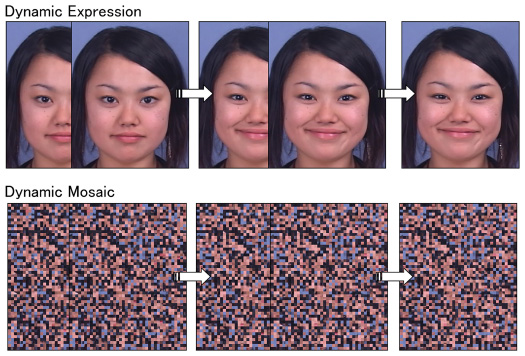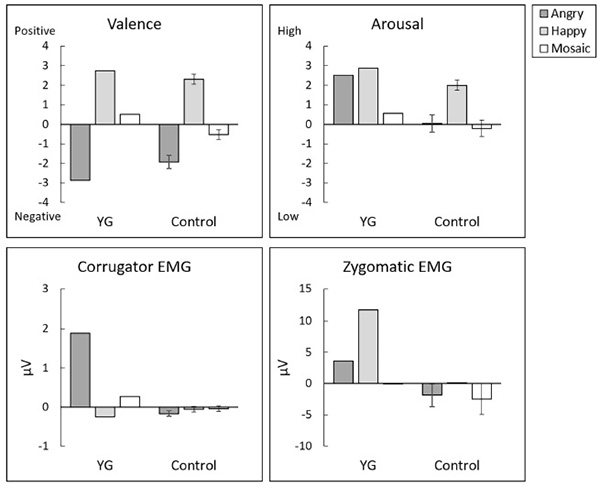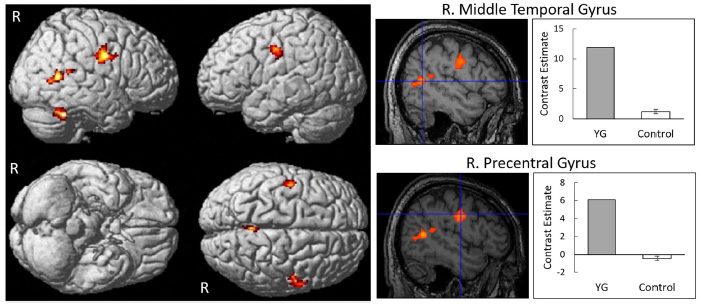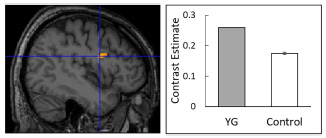SATO Wataru Laboratory
Behavioral and neural underpinnings of empathic characteristics in a Humanitude-care expert
(Sato, Nakazawa, Yoshikawa, Kochiyama, Honda, & Gineste: Front Med)
Background:
Humanitude approaches have shown positive effects in elderly care.
However, the behavioral and neural underpinnings of empathic characteristics in Humanitude-care experts remain unknown.
Methods:
We investigated the empathic characteristics of a Humanitude-care expert (YG) and those of age-, sex-, and race-matched controls (n = 13).
In a behavioral study, we measured subjective valence and arousal ratings and facial electromyography (EMG) of the corrugator supercilii and zygomatic major muscles while participants passively observed dynamic facial expressions associated with anger and happiness and their randomized mosaic patterns.
In a functional magnetic resonance imaging (MRI) study, we measured brain activity while participants passively observed the same dynamic facial expressions and mosaics.
In a structural MRI study, we acquired structural MRI data and analyzed gray matter volume.

Results:
Our behavioral data showed that YG experienced higher subjective arousal and showed stronger facial EMG activity congruent with stimulus facial expressions compared with controls.
The functional MRI data demonstrated that YG showed stronger activity in the ventral premotor cortex (PMv; covering the precentral gyrus and inferior frontal gyrus) and posterior middle temporal gyrus in the right hemisphere in response to dynamic facial expressions versus dynamic mosaics compared with controls.
The structural MRI data revealed higher regional gray matter volume in the right PMv in YG than in controls.



Conclusion:
These results suggest that Humanitude-care experts have behavioral and neural characteristics associated with empathic social interactions.
Return to
Recent Research.
Return to
Main Menu.



